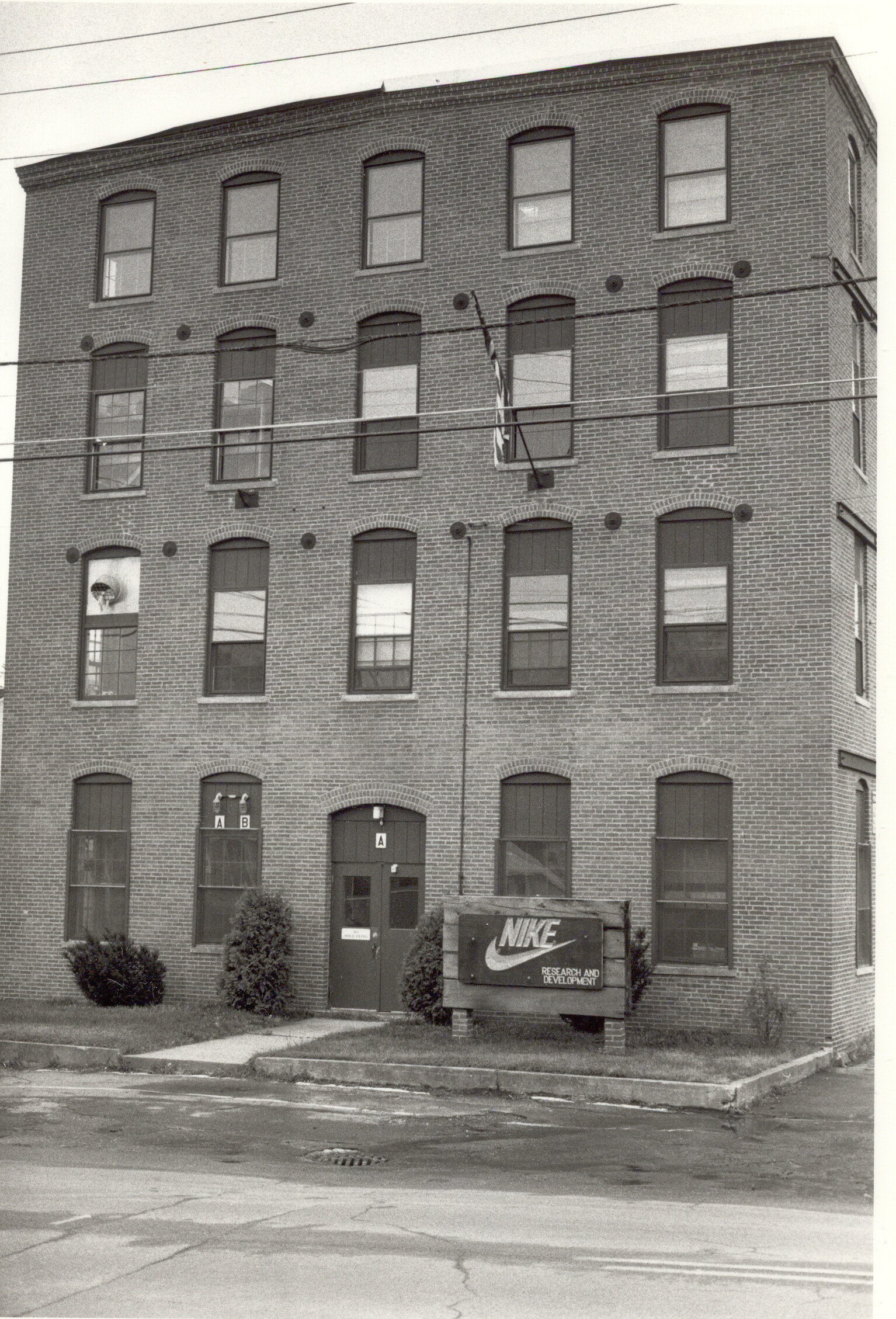by Barbara Rimkunas
This "Historically Speaking" column was published in the Exeter News-Letter on Friday, January 15, 2021.
In June of 1835, the newly formed New Hampshire Anti-Slavery Society met in Concord. Among the many resolutions passed was this: “Resolved, That this Society earnestly recommend to all its auxiliaries, to circulate, as soon as practicable, in their respective vicinities, petitions for the abolition of slavery and the slave trade in the District of Columbia, and forward the same to Congress, at the opening of the next session of that body.”













